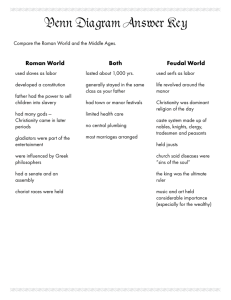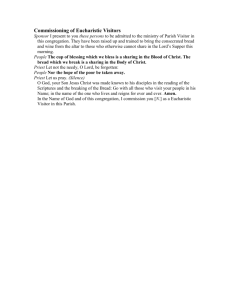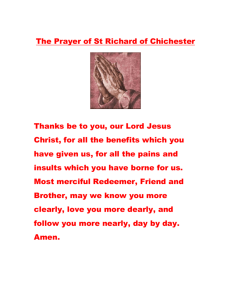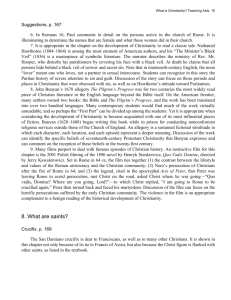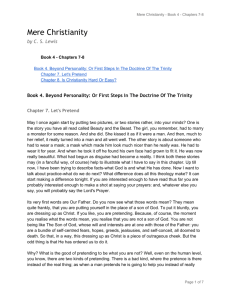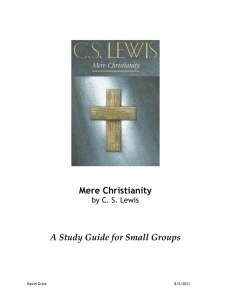One Church, with many forms
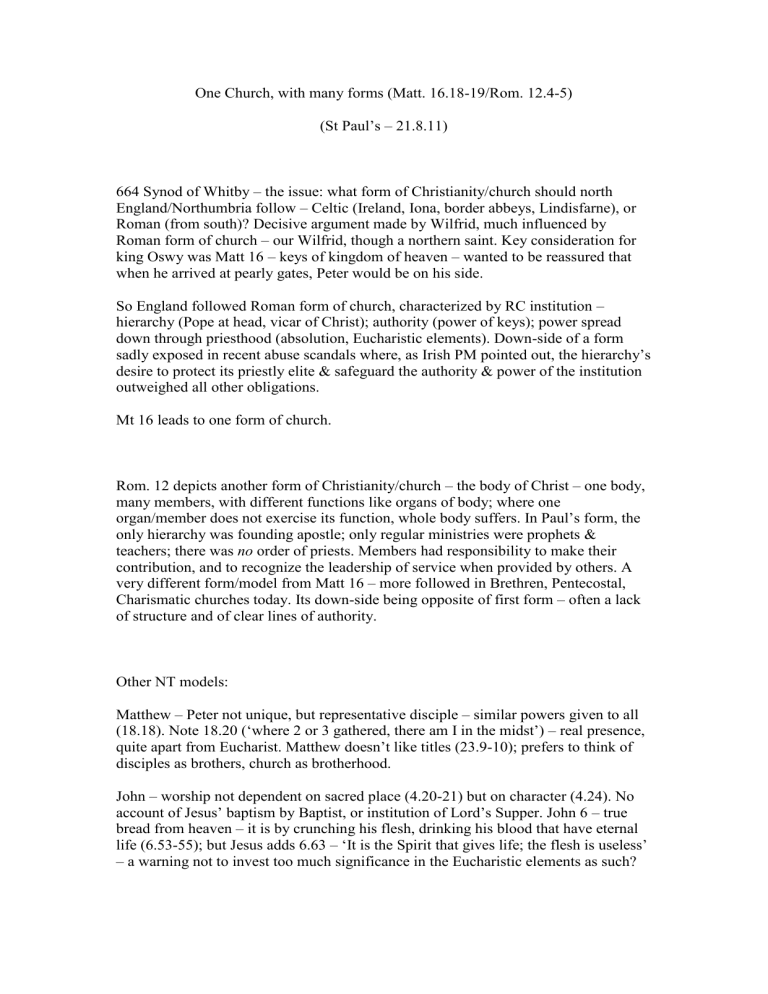
One Church, with many forms (Matt. 16.18-19/Rom. 12.4-5)
(St Paul’s – 21.8.11)
664 Synod of Whitby – the issue: what form of Christianity/church should north
England/Northumbria follow – Celtic (Ireland, Iona, border abbeys, Lindisfarne), or
Roman (from south)? Decisive argument made by Wilfrid, much influenced by
Roman form of church – our Wilfrid, though a northern saint. Key consideration for king Oswy was Matt 16 – keys of kingdom of heaven – wanted to be reassured that when he arrived at pearly gates, Peter would be on his side.
So England followed Roman form of church, characterized by RC institution – hierarchy (Pope at head, vicar of Christ); authority (power of keys); power spread down through priesthood (absolution, Eucharistic elements). Down-side of a form sadly exposed in recent abuse scandals where, as Irish PM pointed out, the hierarchy’s desire to protect its priestly elite & safeguard the authority & power of the institution outweighed all other obligations.
Mt 16 leads to one form of church.
Rom. 12 depicts another form of Christianity/church – the body of Christ – one body, many members, with different functions like organs of body; where one organ/member does not exercise its function, whole body suffers. In Paul’s form, the only hierarchy was founding apostle; only regular ministries were prophets & teachers; there was no order of priests. Members had responsibility to make their contribution, and to recognize the leadership of service when provided by others. A very different form/model from Matt 16 – more followed in Brethren, Pentecostal,
Charismatic churches today. Its down-side being opposite of first form – often a lack of structure and of clear lines of authority.
Other NT models:
Matthew – Peter not unique, but representative disciple – similar powers given to all
(18.18). Note 18.20 (‘where 2 or 3 gathered, there am I in the midst’) – real presence, quite apart from Eucharist. Matthew doesn’t like titles (23.9-10); prefers to think of disciples as brothers, church as brotherhood.
John – worship not dependent on sacred place (4.20-21) but on character (4.24). No account of Jesus’ baptism by Baptist, or institution of Lord’s Supper. John 6 – true bread from heaven – it is by crunching his flesh, drinking his blood that have eternal life (6.53-55); but Jesus adds 6.63 – ‘It is the Spirit that gives life; the flesh is useless’
– a warning not to invest too much significance in the Eucharistic elements as such?
What do we learn from this? 3 things
1. NT provides warrant for different ways of being Christian, different forms of church. Our way of being Christian/church is not the only one, not the only one built on the foundation of Christ and apostles – indeed embarrassingly have to admit that
CofE owes as much to Henry 8’s machinations as it does to NT.
2. We should also genuinely respect other forms of Christianity, even when we don’t find ourselves sympathetic with them. How much do we know, really know about
Orthodox, Roman Catholics, Methodists, United Reformed, Baptists, Pentecostals,
Salvation Army, Quakers, new charismatic congregations (Grace [New Frontiers],
Revelation, Immanuel [Graylingwell Chapel])?
3. Perhaps we ourselves need to be more open to new forms of church; we already have Taize, but others? Few years ago Archb of C appointed a group to explore different ways of being church – ‘Fresh Expressions’ of church, ‘ A fresh expression is a form of church for our changing culture, established primarily for the benefit of people who are not yet members of any church
’. Interesting to read the Fresh
Expressions website – how such different forms of church are drawing in many of student age and young adults who find traditional forms of worship strange and offputting – something perhaps worth noting since we are in a university city and yet seem to attract so few of student age.
One Body, with many different members; One Church with many different forms.
Given such differences, what does it mean to be the body of Christ in Chichester? If we in St Paul’s are part of the one body of Christ in Chichester, what is our contribution to that one body? How do we best recognize – and learn from – other forms of church in Chichester? How can we help ensure that the body of Christ in
Chichester works together as one more effectively?



